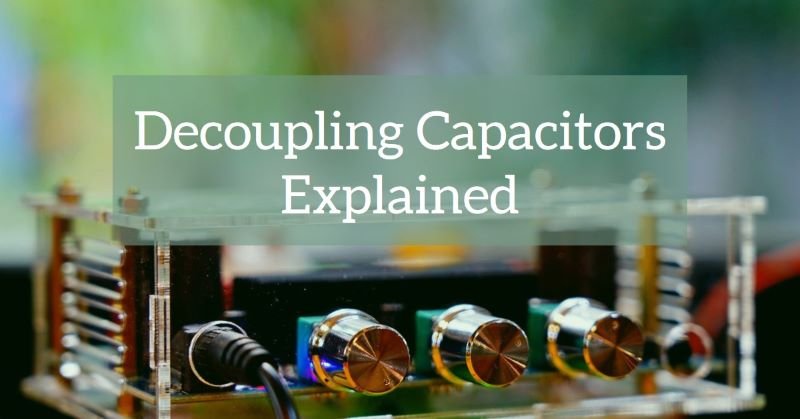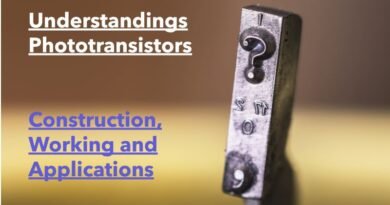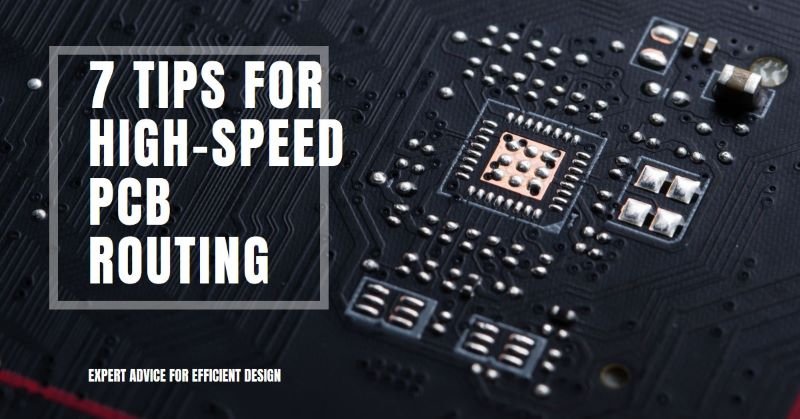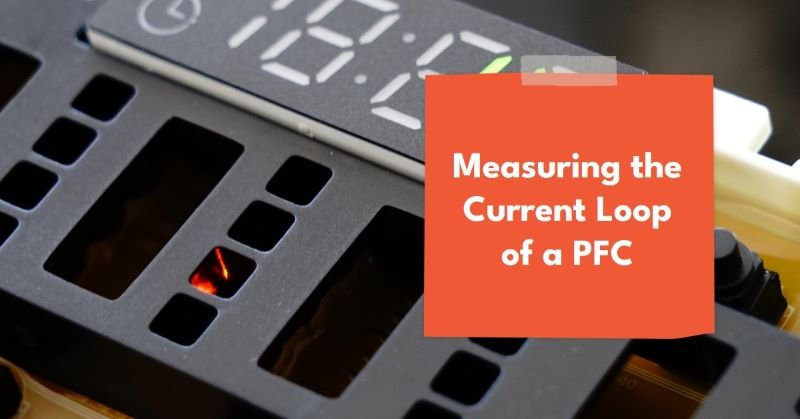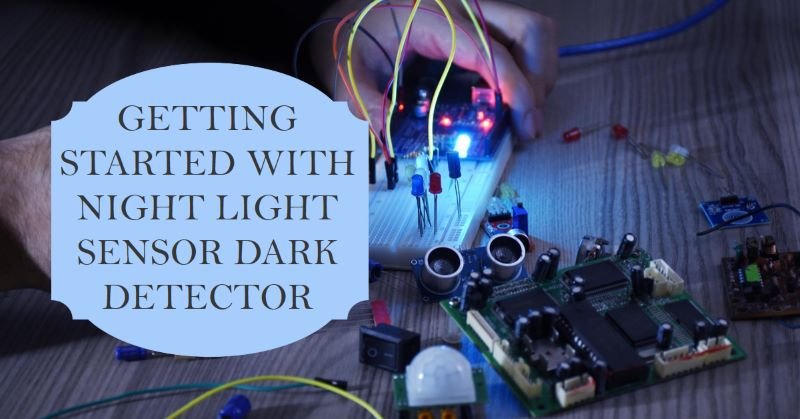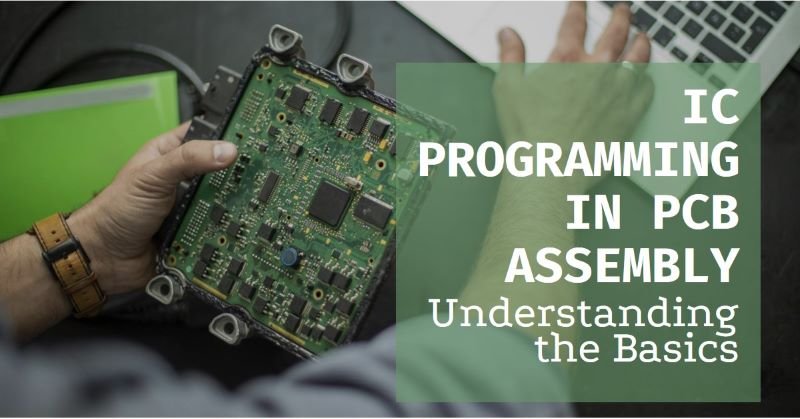Decoupling Capacitors Explained: Working, Types and Applications
A capacitor is an essential passive electronic component used to store and release electrical energy in a circuit. It consists of two conductive plates separated by an insulating material (dielectric). When voltage is applied across its terminals, the capacitor accumulates charge, and it discharges this stored energy when required. Capacitors are widely used in various applications, such as energy storage, filtering, and signal coupling, depending on their characteristics and design.
What is a Decoupling Capacitor?
A decoupling capacitor, also known as a bypass capacitor, is used in electronic circuits to filter out unwanted noise and fluctuations in power supply lines. It is typically placed close to an integrated circuit (IC) to ensure a stable voltage by reducing noise and spikes that could affect the operation of sensitive components. The decoupling capacitor allows only high-frequency noise to pass through, effectively “decoupling” different stages of a circuit and maintaining the integrity of the power supply.
Importance in Electronic Circuits
Decoupling capacitors are vital in preventing power supply disturbances that could degrade a circuit’s performance or even cause malfunction. They are commonly used in high-speed digital circuits, where sudden changes in current draw can cause voltage fluctuations. By smoothing out these fluctuations, decoupling capacitors protect ICs from noise and provide a clean and stable operating environment, improving circuit reliability.
How a Decoupling Capacitor Works?
A decoupling capacitor works by absorbing and filtering out sudden voltage spikes and high-frequency noise in the power supply line. When a rapid change in current occurs, such as when an IC switches states, it creates noise or transient voltages. The decoupling capacitor acts as a local energy reservoir, discharging its stored energy to counteract the voltage drops and absorbing excess voltage during spikes, thus maintaining a consistent voltage.
Role in Stabilizing Voltage Supply
Decoupling capacitors help stabilize the voltage supplied to active components, especially ICs. When a circuit suddenly demands more current, the power supply may not be able to instantly provide it, causing a dip in voltage. A decoupling capacitor can quickly discharge its stored energy to compensate for this drop, maintaining the voltage at a steady level. This stabilization ensures that the circuit operates as intended, without interruptions or errors caused by voltage fluctuations.
Filtering High-Frequency Noise
In addition to stabilizing the voltage, decoupling capacitors are effective at filtering out high-frequency noise. Electrical noise, often generated by rapid switching in digital circuits or electromagnetic interference (EMI), can disrupt the normal functioning of a circuit. Decoupling capacitors allow high-frequency noise to pass through them to ground, keeping the noise away from sensitive components. This filtering ensures smooth circuit operation and protects the integrity of signals.
Types of Decoupling Capacitors
Ceramic Capacitors
Ceramic capacitors are the most commonly used type of decoupling capacitor due to their low cost, small size, and excellent high-frequency filtering capabilities. They are available in a wide range of capacitance values and have low equivalent series resistance (ESR), making them ideal for filtering high-frequency noise. Their compact size also allows them to be placed close to ICs for maximum decoupling effectiveness.
Tantalum Capacitors
Tantalum capacitors are another popular choice for decoupling, especially in applications requiring higher capacitance in a small package. They offer good stability and reliability, but their higher equivalent series resistance (ESR) compared to ceramic capacitors makes them less suitable for high-frequency noise filtering. Tantalum capacitors are often used in circuits where stable, low-frequency filtering is required.
Other Commonly Used Types
In addition to ceramic and tantalum capacitors, electrolytic capacitors are sometimes used for decoupling in power supply circuits, particularly when higher capacitance values are needed. Film capacitors may also be employed in specific applications, but their larger size and cost typically limit their use in high-frequency decoupling. Each type of decoupling capacitor offers unique benefits, depending on the specific needs of the circuit design.
Placement and Design Considerations
Choosing the Right Value and Type of Capacitor
Selecting the appropriate decoupling capacitor requires considering both its capacitance value and type, depending on the circuit’s needs. Typically, smaller capacitance values (in the range of 0.01 µF to 0.1 µF) are used for high-frequency noise filtering, while larger capacitors (around 10 µF or higher) are employed for low-frequency stabilization. The type of capacitor also matters: ceramic capacitors are ideal for high-frequency noise suppression due to their low equivalent series resistance (ESR), whereas tantalum capacitors are better for circuits requiring larger, stable capacitance. A combination of both types can often provide a broader range of noise suppression.
PCB Layout Tips for Effective Decoupling
Proper placement of decoupling capacitors on the PCB is essential for their effective operation. They should be positioned as close as possible to the power pins of the integrated circuits they are decoupling, minimizing the inductance and resistance of the connecting traces. This reduces noise and improves the capacitor’s ability to filter high-frequency signals. Additionally, it’s crucial to connect the capacitor’s ground pin directly to the ground plane, ensuring a low-impedance path to ground. Using multiple decoupling capacitors of different values can also improve filtering over a wider frequency range.
Applications of Decoupling Capacitors
Use in Digital and Analog Circuits
Decoupling capacitors are crucial in both digital and analog circuits for maintaining signal integrity and stable operation. In digital circuits, where ICs frequently switch between states, decoupling capacitors smooth out the resulting voltage fluctuations. In analog circuits, such as amplifiers and ADCs (analog-to-digital converters), they help ensure a noise-free power supply, which is essential for high-performance analog signal processing.
Examples of Practical Applications
- Microcontrollers and Microprocessors: Decoupling capacitors are placed near each IC to prevent noise from affecting the performance of the processor and peripheral devices.
- Power Supply Circuits: Capacitors are used in power supply designs to reduce voltage ripples and provide a clean DC output for sensitive components.
- Communication Systems: In RF (radio frequency) circuits, decoupling capacitors filter out high-frequency noise, ensuring clear signal transmission and reception.
- Sensor Circuits: They maintain stable voltage for precision sensor measurements, particularly in noisy environments.
Conclusion
In conclusion, decoupling capacitors play an essential role in ensuring the stable operation of electronic circuits by filtering noise and maintaining consistent voltage levels. By choosing the right type and value of capacitors and following best practices in PCB layout, designers can significantly improve circuit performance. Whether in digital, analog, or power supply circuits, decoupling capacitors are indispensable components for enhancing reliability and minimizing interference in today’s electronic systems.
